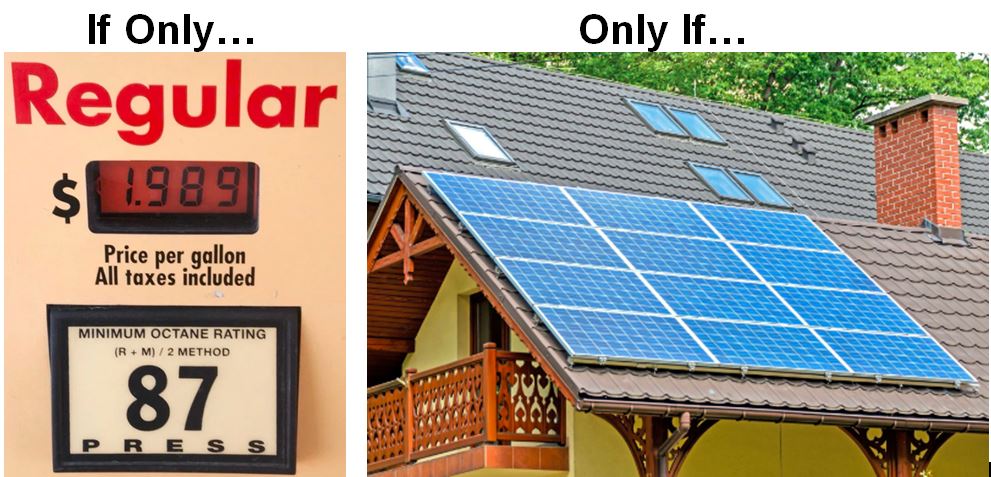FastTrak toll rates go up a dollar starting today. The state-approved increase is the first since 2010, all in all, a gentler blow than what’s happened to a gallon of gas (around $1.80 in January 2009) or a kilowatt hour over the past decade. Inflation is inevitable, and it’s unlikely to abate, never mind the debate. Many of us review our habits with the advent of a new year, from food to physical to fiscal. And even the most optimistic among us don’t merely assume we’ll look better, feel better, or make more money because the calendar rolled over. Thus the habits review. Where am I spending time, energy, and resources? Do I want to do it differently? Can I?
If you’re in the habit of crossing Bay Area bridges and/or living life in the FasTrak lane, you are now also in the habit of spending an additional dollar every time you do. Your FasTrak tag plays a happy little tune every time it gets read by a sensor, and a dollar-a-pop may not seem like it will sting much. But as long as we’re looking at habits, what does that mean for you, or rather, do to you, in a week? A month? A year? It only takes a moment to project, and even less time to shrug it off with the loathsome, “It is what it is” cliché. After all, you can’t reduce the cost of things. Well, not all things. Some things, you can.
Given the option, most people choose to own their home & vehicle, unless there’s an exceptional financial factor that makes renting prudent. However, the vast majority of these same people are in the habit of renting electricity from a utility- primarily because they haven’t been given the option. The extra dollar at the toll booth, the gas pump, the grocery checkout, the data plan, the subscription, etc., is recoverable: And it’s already in your house, cruising through the wiring as electricity that can probably be obtained for less than you’re spending. In the time it takes to wait your turn at the toll booth (in the FasTrak lane), you can find out how. And it won’t take a toll on your time. FastClik here. -Lee Stilwater

